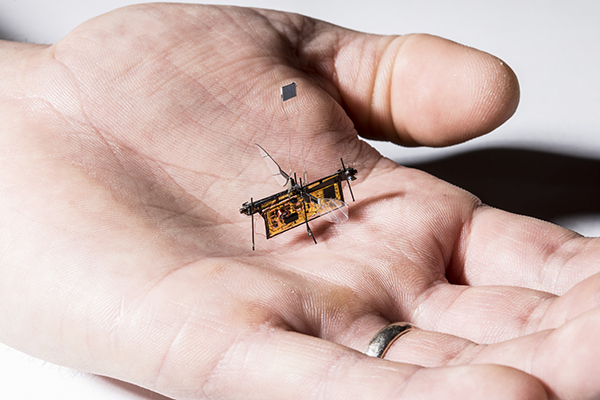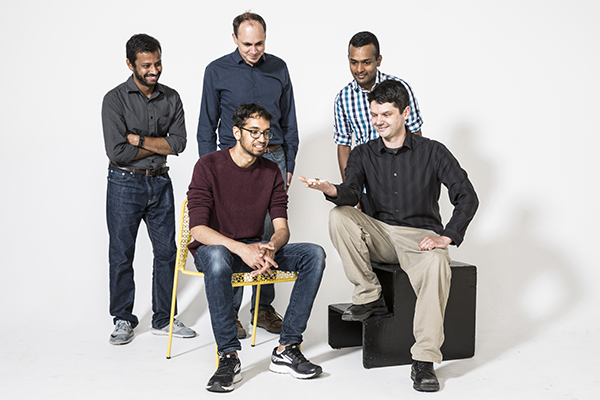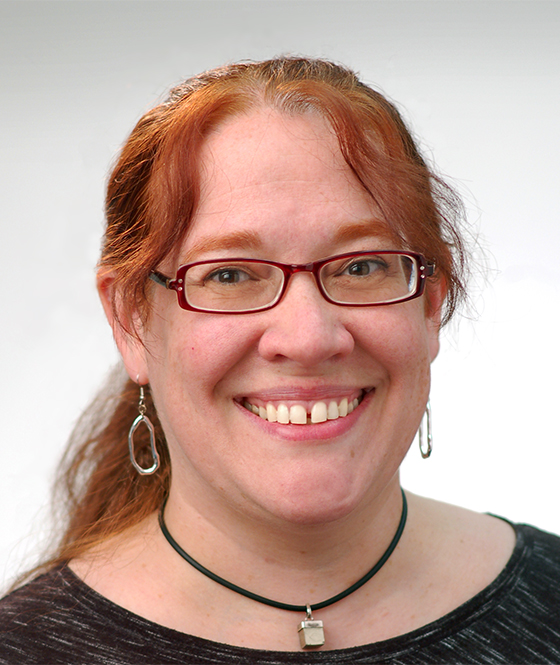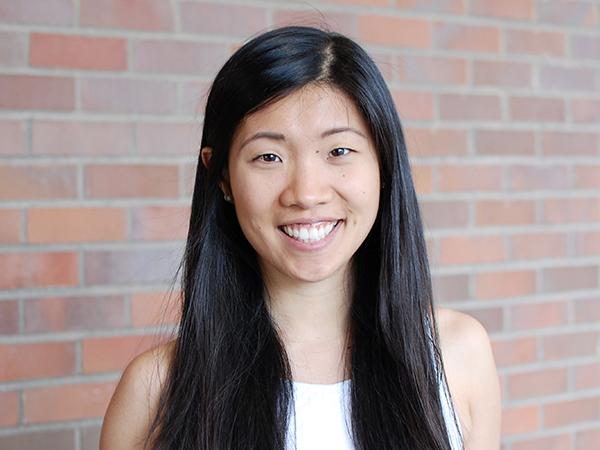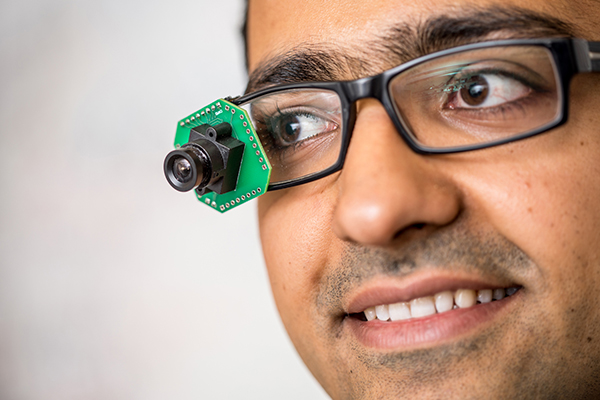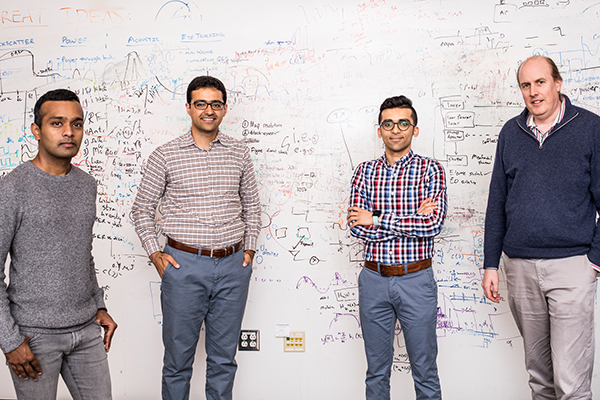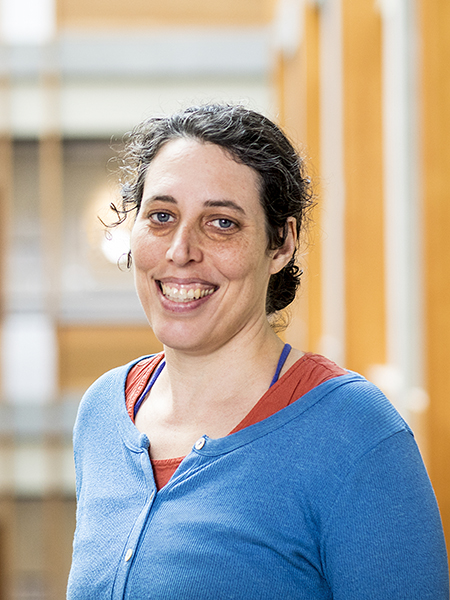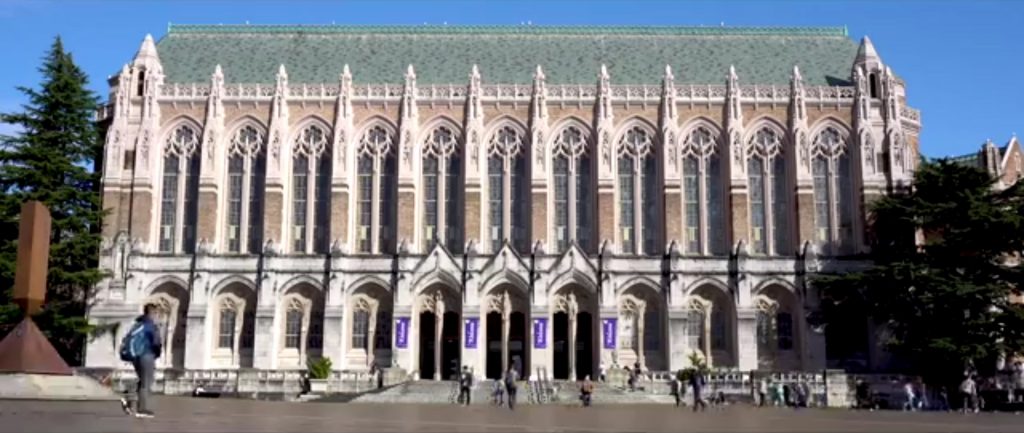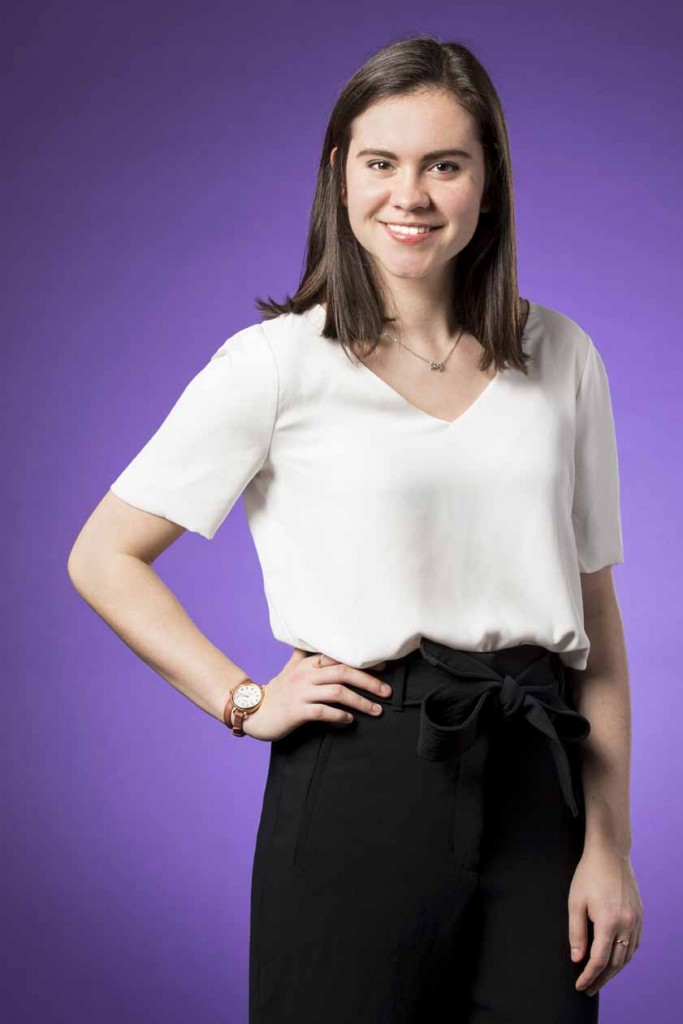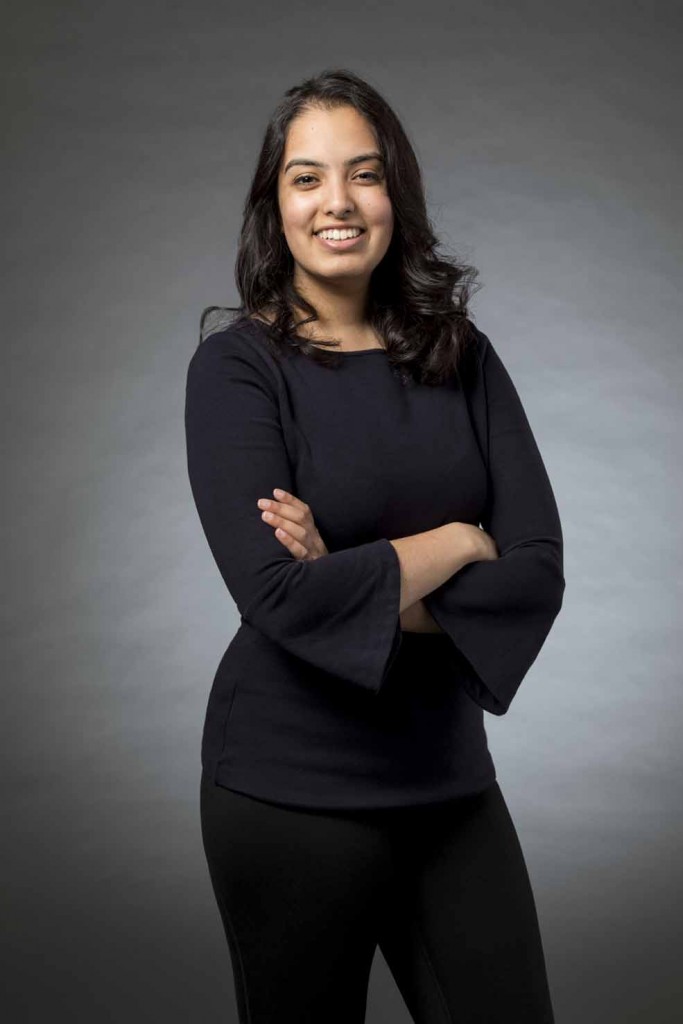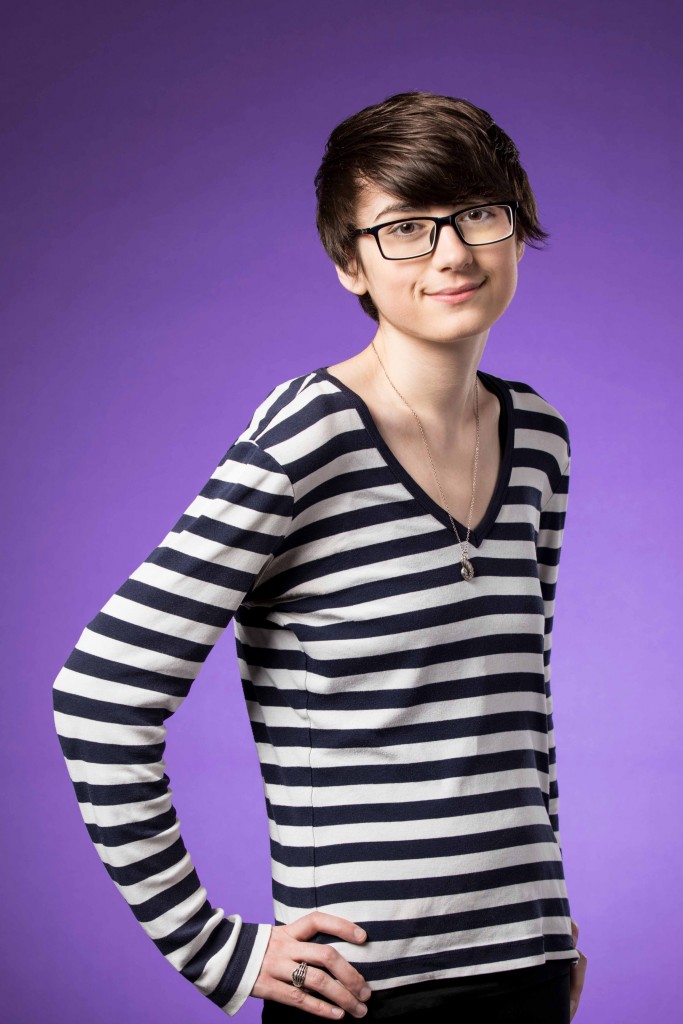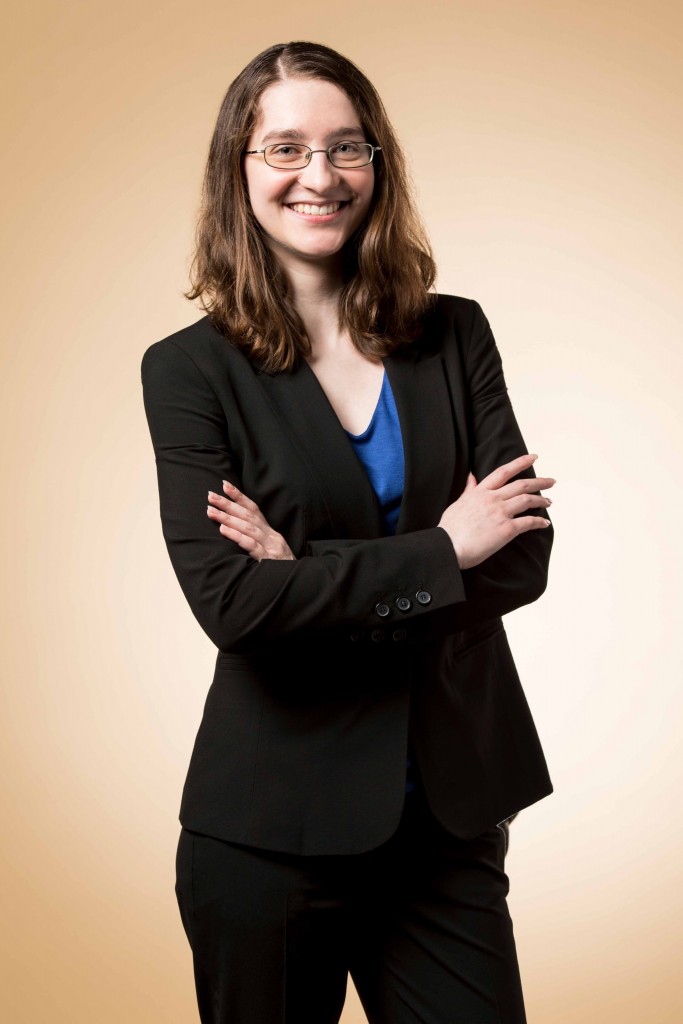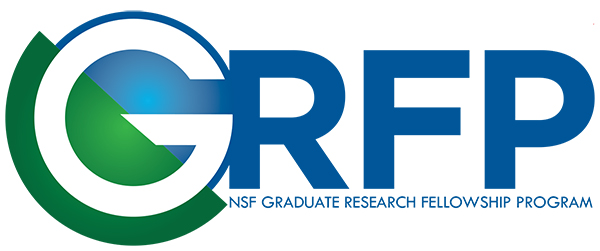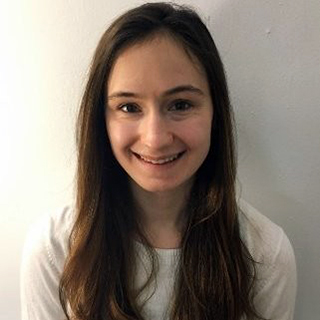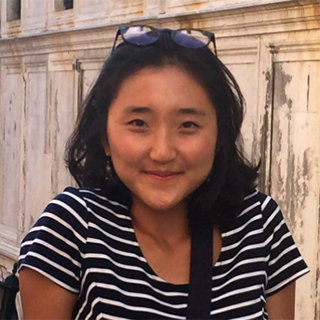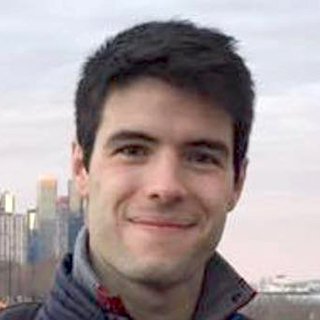 Allen School senior Harrison Kwik will graduate with his bachelor’s in computer science this spring. He has spent the past year and a half as an undergraduate researcher in the Code & Cognition Lab directed by Amy Ko, professor in the Information School and adjunct professor in the Allen School. Kwik also took on the role of teaching assistant for the Allen School’s transfer student seminar, which helps new arrivals from campuses around the state to settle into the major and make the most of their Husky Experience. He knows firsthand what these students are going through, having arrived at the University of Washington as a transfer student from Bellevue College in fall 2016.
Allen School senior Harrison Kwik will graduate with his bachelor’s in computer science this spring. He has spent the past year and a half as an undergraduate researcher in the Code & Cognition Lab directed by Amy Ko, professor in the Information School and adjunct professor in the Allen School. Kwik also took on the role of teaching assistant for the Allen School’s transfer student seminar, which helps new arrivals from campuses around the state to settle into the major and make the most of their Husky Experience. He knows firsthand what these students are going through, having arrived at the University of Washington as a transfer student from Bellevue College in fall 2016.
In the latest installment of the Allen School’s Undergraduate Spotlight, we talk to Kwik about finding his place on campus, his efforts to smooth the way for his fellow transfer students, and what he will take away from his own Husky Experience as he looks forward to pursuing his Ph.D.
Allen School: Congratulations on your impending graduation! What has made your time as an Allen School student meaningful and memorable?
Harrison Kwik: All of the professors and graduate students here in the school are working on very interesting problems, and I am constantly in awe of the research that is being done here. Additionally, I am very pleased with the quality of instruction in all of my CSE courses. Faculty members are always engaged with their teaching and really express a genuine passion for both the content that they’re teaching, as well as for the learning process of students. It has been a great privilege to study surrounded by so many amazing researchers and educators.
Allen School: What makes you so passionate about the transfer student experience?
HK: I really enjoy helping others make progress towards accomplishing their goals. As I learned firsthand, the transfer process introduces many unique challenges for students which can end up compounding the challenge of succeeding in the difficult (but rewarding) coursework. Despite these challenges, transfer students generally do not have the same opportunities to adapt to UW as our peers who entered as freshmen. They have usually had at least one or two years to learn the culture of the campus and make friends. Transfer students at UW and within the Allen School all come from different backgrounds and bring new perspectives. For this reason, I think that it is important to ensure that all transfer students have the resources they need to successfully transition into this wonderful community!
Allen School: What do you like best about being a TA for the transfer seminar?
HK: I like that I am able to meet many students from diverse backgrounds. The experiences that transfer students bring into UW are always intriguing and interesting, and I appreciate that I get to talk with students about both how they are doing now, as well as what they have done in the past. I also think that it’s great that the transfer seminar serves as an opportunity for students to build a community and friendships. Many students have told me that the transfer seminar helped them find peers to study with and hang out with outside of class, and I’m glad that I can help make that happen.
Allen School: You have carried over that passion from the classroom to the lab. Tell us about your research and what you are learning as a result.
HK: Since the beginning of my junior year, I have been working as a research assistant in Andy Ko’s Code & Cognition Lab. Andy and his students research questions and problems regarding computing education and human-computer interaction. Initially, I helped his graduate students work on their research projects, which gave me a lot of fantastic hands-on experience. Last summer, I began conducting my own independent research on the CS student experience, focusing specifically on the experiences of transfer students. While there is some research on transfer students in academia generally, there is little information about transfer students in STEM, particularly within computer science. My goal is to develop a strong understanding of what the CS student experience looks like, so that we can have the knowledge needed to properly accommodate students in what is one of the largest growing disciplines right now.
Allen School: Who or what has inspired you the most during your time as an Allen School student?
HK: I already mentioned faculty members at UW, but I would like to re-emphasize how great I think both the teaching and research is on campus. In particular, having Adam Blank and Ruth Anderson as instructors for my first few classes in the major was very influential in helping me develop a strong excitement and passion for computer science. For research, my advisor Andy Ko has been an excellent mentor and guide, providing me with constant feedback, opportunities, and resources to help me develop as a researcher. Overall, however, I find constant motivation in seeing all the great work that is achieved here!
Allen School: What advice would you give to new students following in your footsteps?
HK: It’s not the most unique advice, but I truly believe that it is critical for students to work together and socialize as much as possible. The courses that the school offers are extremely enriching, but they can also be very tough. Oftentimes, course content might require thinking about things in new ways, and being able to discuss concepts with other students is a useful way to quickly develop new perspectives and approaches to complex ideas. Having friends who you can work with helps ensure that you have a support group when things are especially challenging. The Allen School community is very welcoming and students are always willing to work with each other, so I encourage new students to get to know their peers and make new friends as soon as they can! Also, make sure to get a healthy amount of sleep every night!
Allen School: Is there anything else you want to share?
HK: I am so glad that I decided to transfer here! Although I may have arrived “late,” I feel like I still have had many opportunities to engage with campus and my school, and to make new friends. Attending UW has been hugely impactful on both my academic career and my future aspirations, and I am thankful for everyone who has helped me reach where I am now.
We appreciate Harrison’s commitment to making sure the Allen School is a truly welcoming community for all students, no matter what path they took to get here. Thanks for being a model transfer student, Harrison, and good luck in graduate school! Read more →
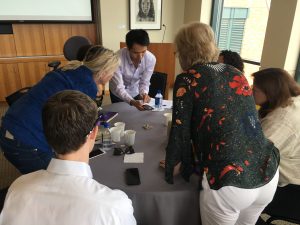
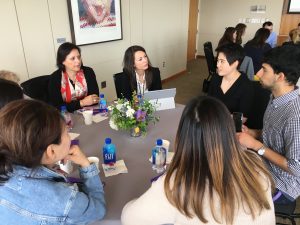
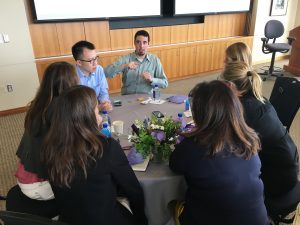
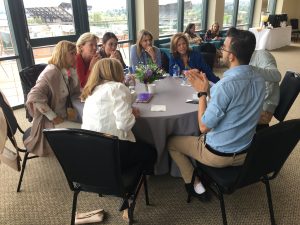 On Wednesday, ten of Shwetak Patel’s students – undergraduate and graduate, from the Paul G. Allen School and the Department of Electrical Engineering – demonstrated smartphone apps for health screening/diagnosis as part of the Microsoft CEO Summit partner’s program.
On Wednesday, ten of Shwetak Patel’s students – undergraduate and graduate, from the Paul G. Allen School and the Department of Electrical Engineering – demonstrated smartphone apps for health screening/diagnosis as part of the Microsoft CEO Summit partner’s program.

